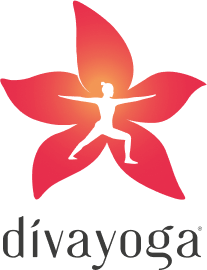MOBILITY FLOW

Mobility is an umbrella term for the many elements that contribute to movement with full range of motion, including restricted muscle tissue, joints, joint capsules, motor control, and soft tissue. Essentially, it is the ability to generate force through your whole range of motion – even at the edge of your flexibility. If you’re trying to keep your leg straight and lift it 90 degrees, that’s mobility.
The mobility flow focuses on postures that can be done dynamically and focus on joint movements. This flow can be focused on certain joints- eg: hip mobility and so on or can be a full body mobility flow. In this flow, you can include small joint mobility exercises and then move onto postures like utkatasana, malasana, parsvakonasana and so on.
This flow is a part of the Vinyasa traditional series. The word “Vinyasa” is translated as “arranging something in a special way,” in this case, yoga postures. Vinyasa means to move your body in a synchronised yoga flow with breath as the key. Vinyasa Flow is the world’s most popular yoga form to develop a stronger mind-body connection, to strengthen the body and improve flexibility. It teaches us to cultivate an awareness that links each action to the next one on the mat and in our lives. It focuses on the flow between movements, rather than individual poses.
This popular, flowing style of yoga developed is a sort of "free-form" offshoot of the more methodical Ashtanga Yoga system. Ashtanga Yoga is a powerful and dynamic style of yoga developed in the 20th century by the guru, Sri K. Pattabhi Jois. Ashtanga incorporates the sequence of linked poses called a Vinyasa, but where Ashtanga has a strict structure and precise set of rules, Vinyasa Yoga is creative and exploratory.
Vinyasa Yoga contains many, if not all, of the poses included in the Ashtanga Yoga series, but it does not require its students to perform them in the same sequence. For example, in Ashtanga, students of Ashtanga are not allowed to move to the next series of poses without first mastering their current one. Vinyasa Yoga breaks those rules, often including poses from various Ashtanga sequences in one class.
